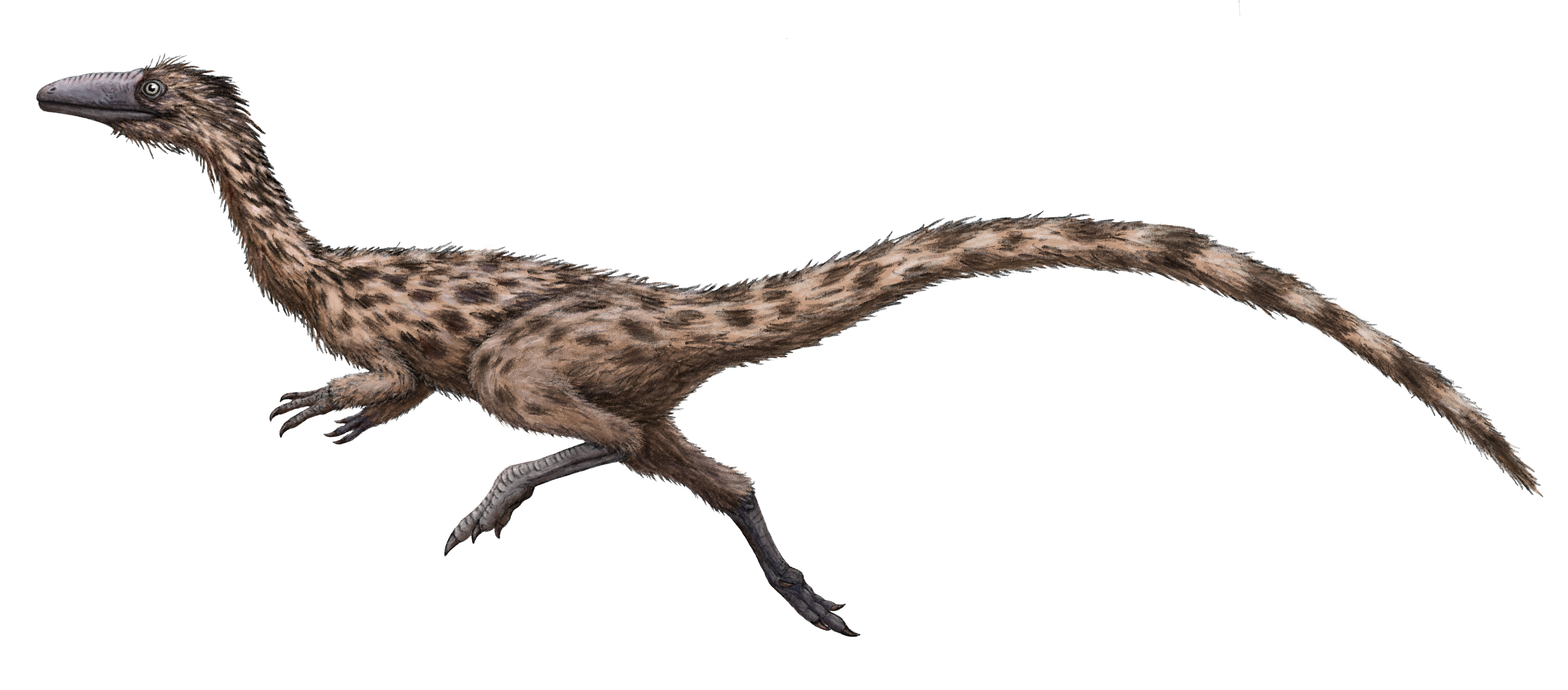The states that make up the USA are no stranger to picking an animal and making it an emblem of the region. There are plenty of great animals to choose from – but why stick to living ones when you can pick a dinosaur too?
The rest of this article is behind a paywall. Please sign in or subscribe to access the full content. Not all of the states have an officially designated state dinosaur, but those that do have picked some pretty darn cool ones – here are some of our favorites. Sauroposeidon was a certified long boi. Most appropriately for the second-largest state, Texas has an absolute giant as its state dinosaur, and one that quite possibly has the most epic name on this list: Sauroposeidon proteles. The beginning of that name means “lizard earthquake god” – if that’s not badass, I don’t know what is. It’s apt given that S. proteles probably really did shake the ground too, as it’s estimated to have weighed between 40 and 44 tons, about six times as heavy as an adult African bush elephant. It may even have been the tallest dinosaur too, reaching a dizzying 18 meters (60 feet) tall. “Proteles” is also a fitting term, meaning “perfected before the end”. S. proteles is thought to have been one of the last sauropods stomping about North America in the Early Cretaceous, around 110 million years ago. Luckily for us giant dinosaur enthusiasts, they left traces behind before they disappeared, including tracks in what is now Dinosaur Valley State Park. They were first identified back in 1937 and were initially believed to be that of a brachiosaur, before a later discovery of bones nearby suggested that they likely belonged to this sauropod instead. Looks like evolution decided to throw in a little cheetah. Back in 2022, the governor of Massachusetts officially confirmed Podokesaurus holyokensis as its state dinosaur and in doing so, designated a dinosaur on the complete opposite side of the spectrum to Texas in terms of size. Living around 180 to 195 million years ago, this carnivorous creature was only about 90 centimeters (just under 3 feet) in length and weighed around 41 kilograms (90 pounds). That’s fairly petite, but according to Mark McMenamin, a professor of geology at Mount Holyoke College, it was an important step on the path to some of the bigger, more well-known dinosaurs. P. holyokensis is “on the lineage that leads to the giant carnivorous dinosaurs, such as the Allosaurus and the Tyrannosaurus rex,” he told MassLive in 2022. The only known fossils of this species were discovered in Massachusetts in 1911 by pioneering palaeontologist Mignon Talbot, who was the first woman to become a member of the Paleontological Society. Unfortunately, these fossils would later be lost in a fire, though casts of them remain. This is what Oryctodromeus might have looked like inside a burrow. One of the most recent additions to the list of state dinosaurs, the 94- to 99-million-year-old Oryctodromeus cubicularis, is a particularly special one. That’s because it was the first non-avian dinosaur reporting direct evidence of burrowing behavior. Researchers made this discovery in 2007, uncovering the skeletal remains of an adult O. cubcularis and two young within the chamber of a sediment-filled burrow. Paleontologist David Varricchio, one of the team that found the burrow, said in a statement a the time that the “denning chamber represents some of the best evidence for dinosaur parental care.” “The burrow likely protected the adult and young Oryctodromeus from predators and harsh environmental conditions. Burrowing behavior may have allowed other dinosaurs to survive in extreme environments such as polar regions and deserts and questions some end-Cretaceous extinction hypotheses.” The only catch here is that this discovery was made in Montana – but a second was later found in Idaho, and given that it’s the state’s most commonly found dinosaur, we’d say there’s a pretty solid argument for it being Idaho’s emblem.Texas – Sauroposeidon proteles

Massachusetts – Podokesaurus holyokensis

Idaho – Oryctodromeus cubicularis






